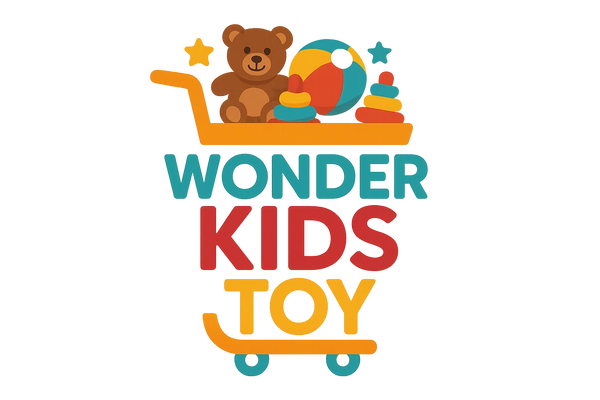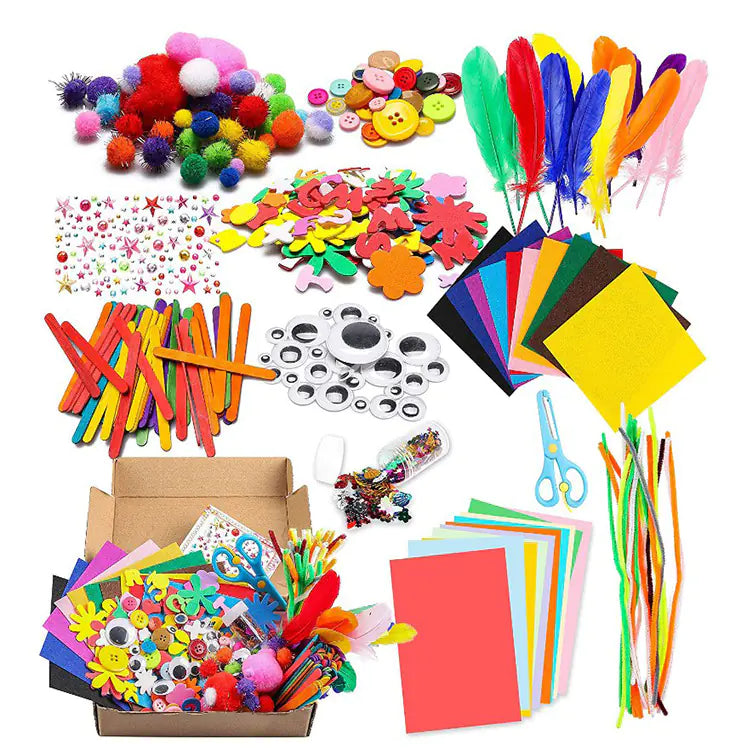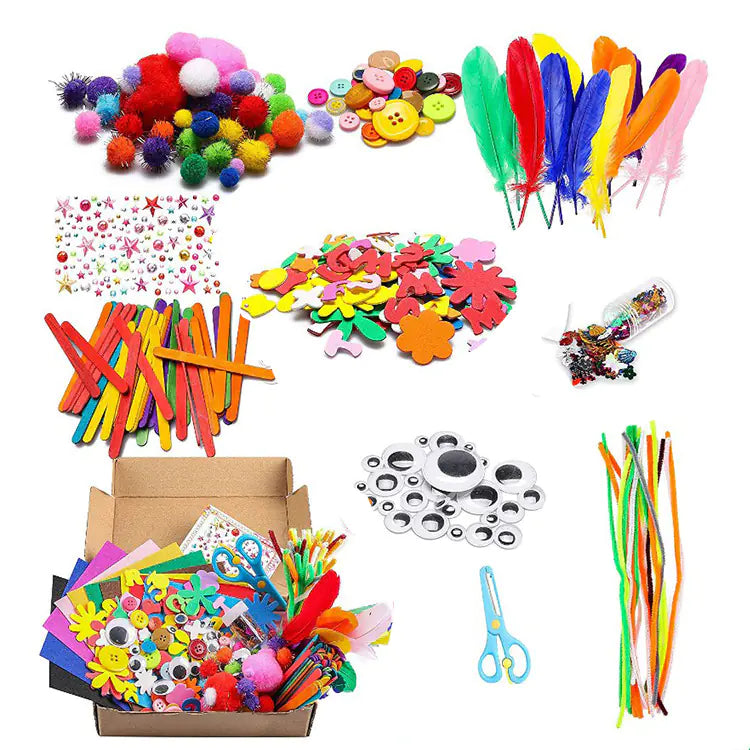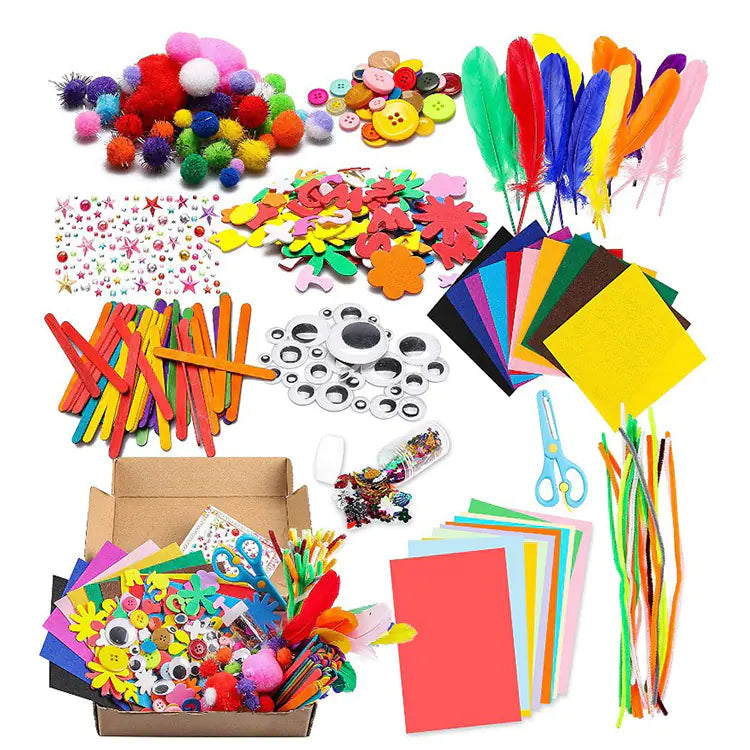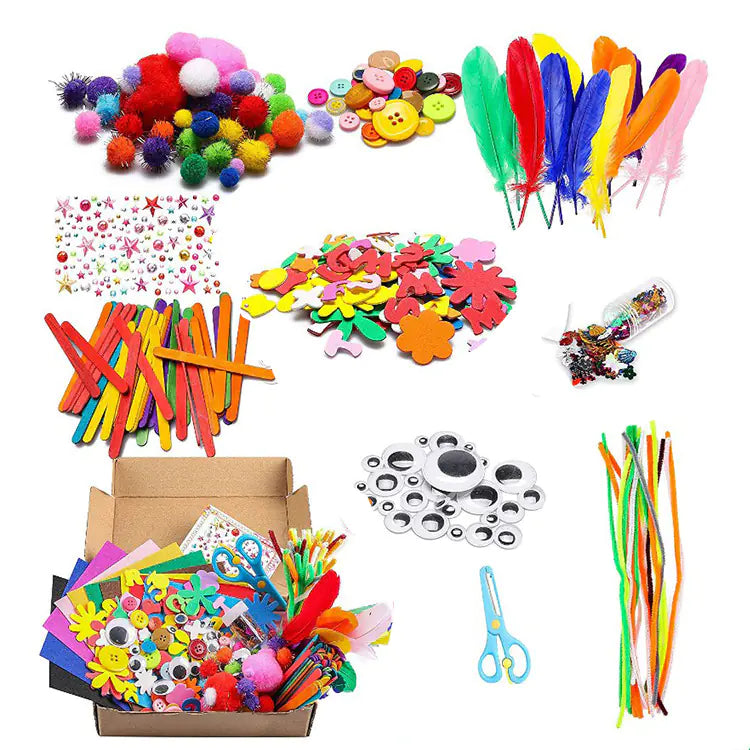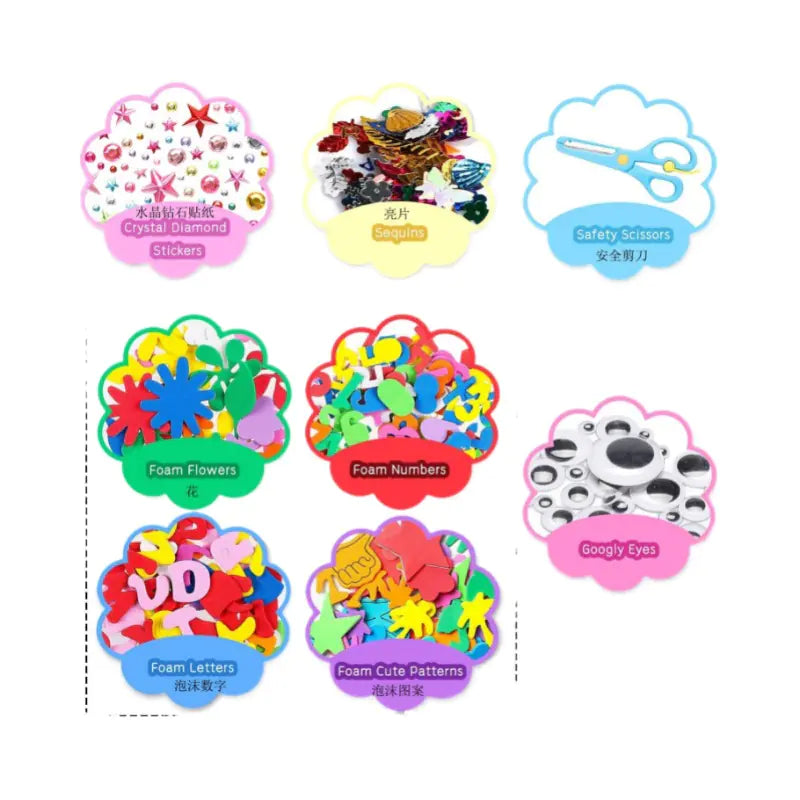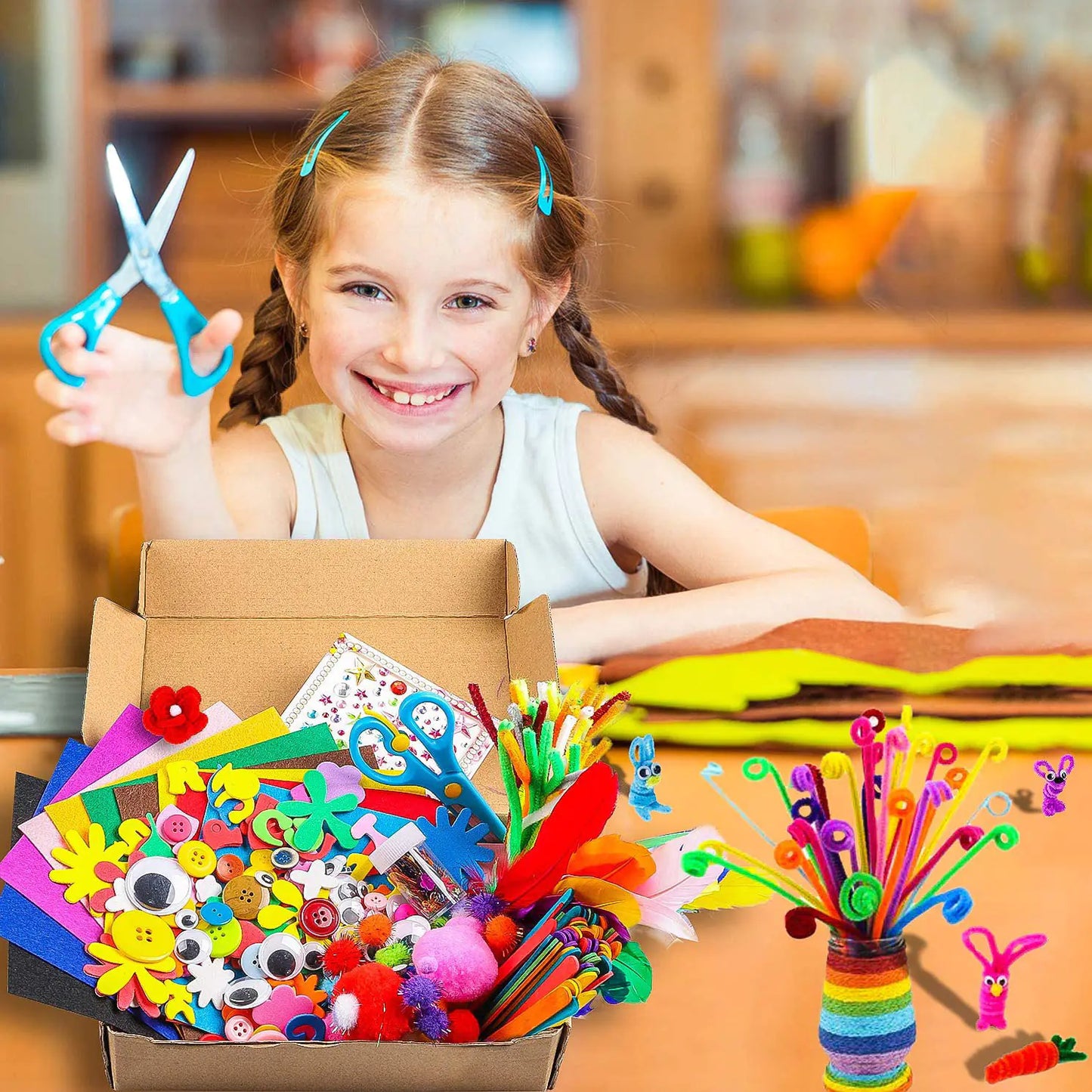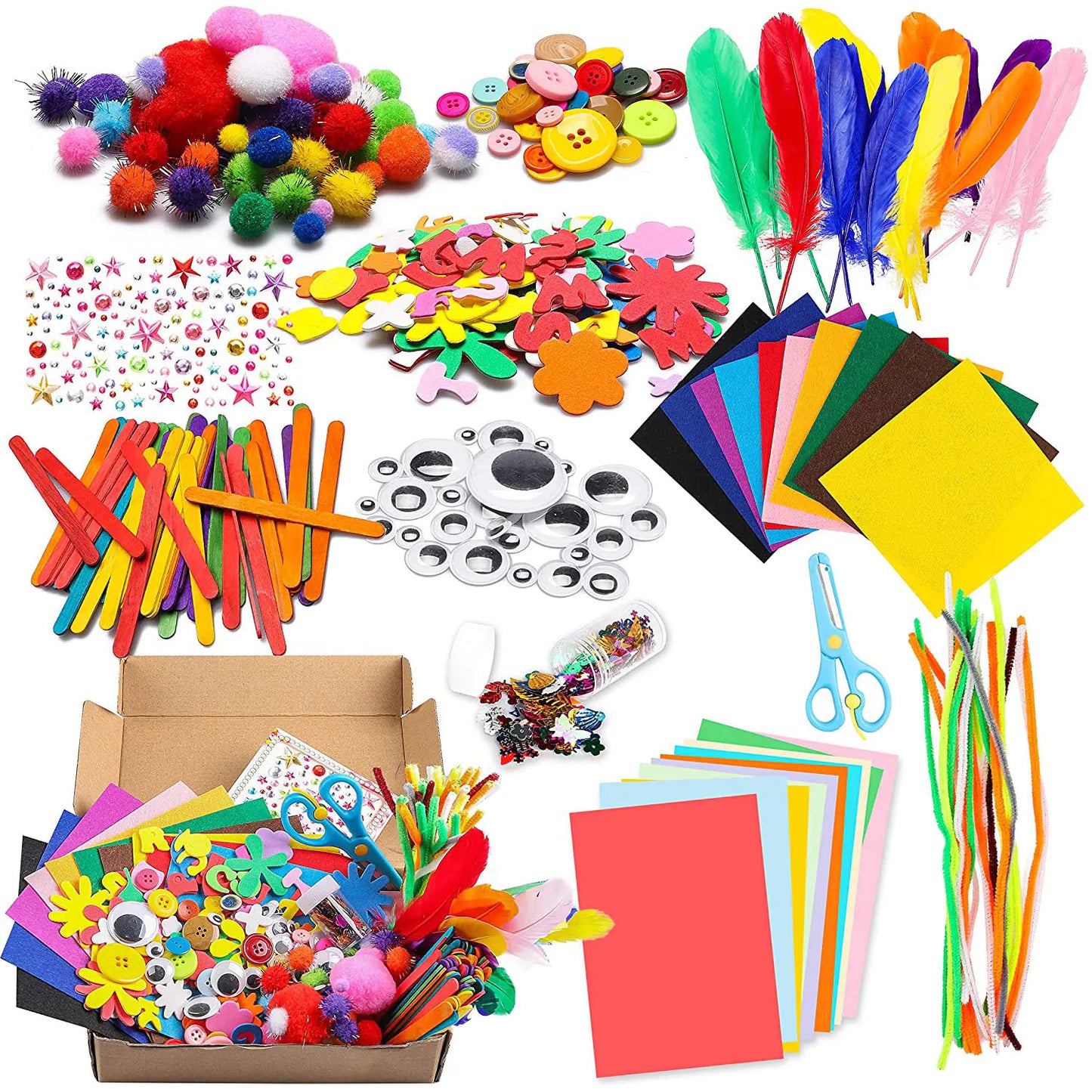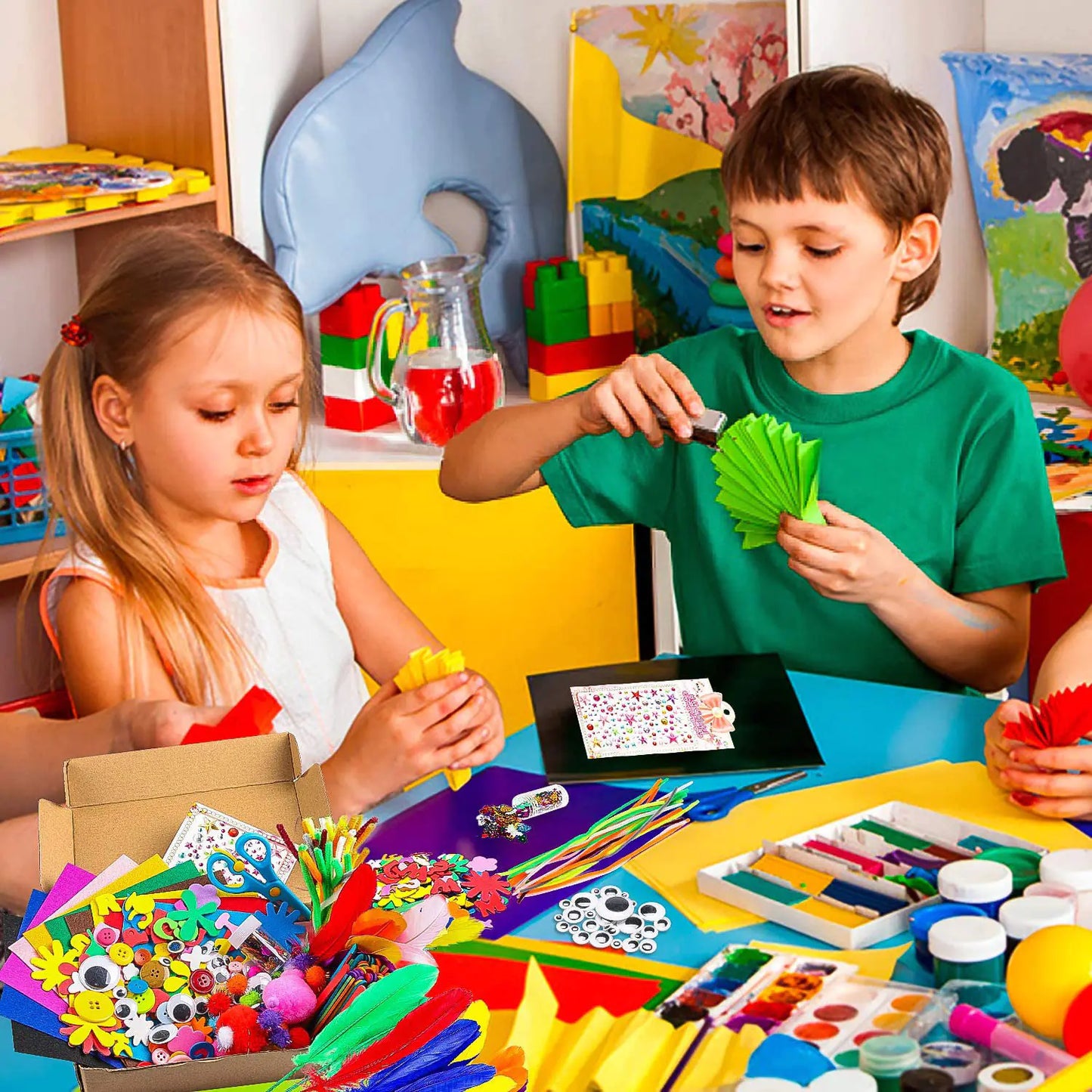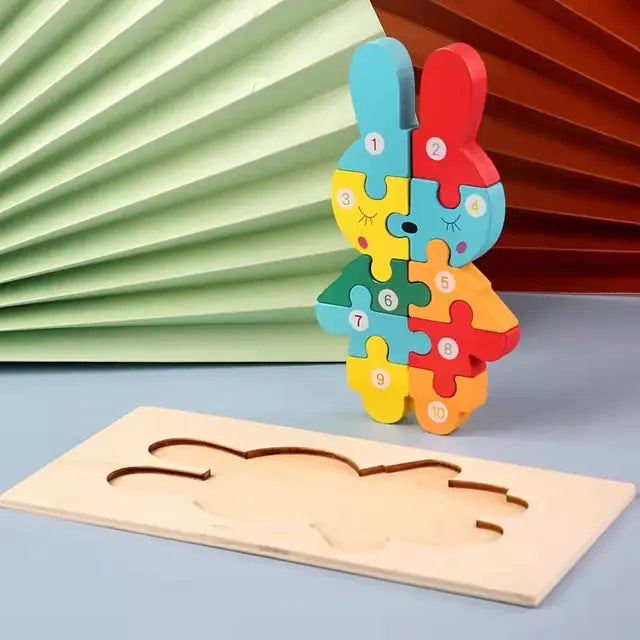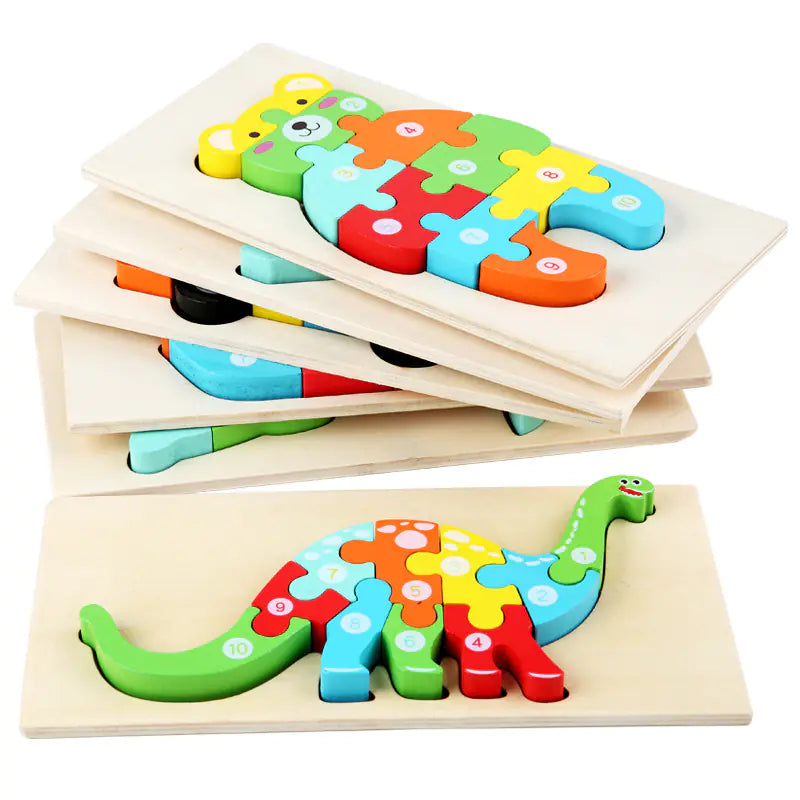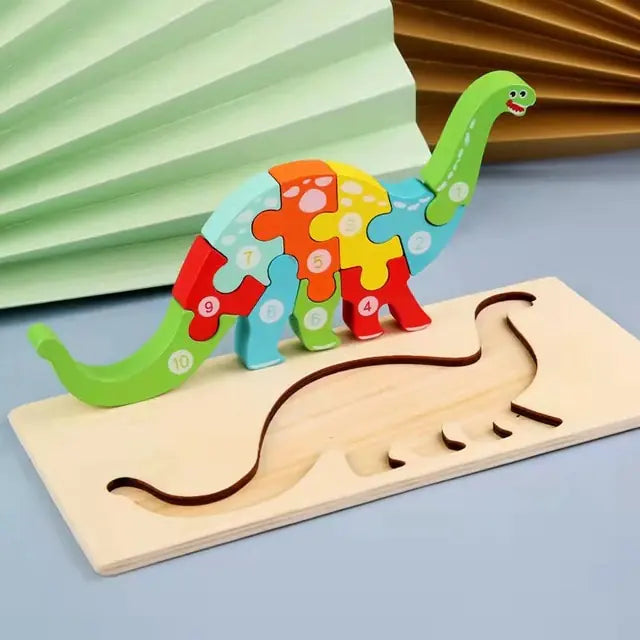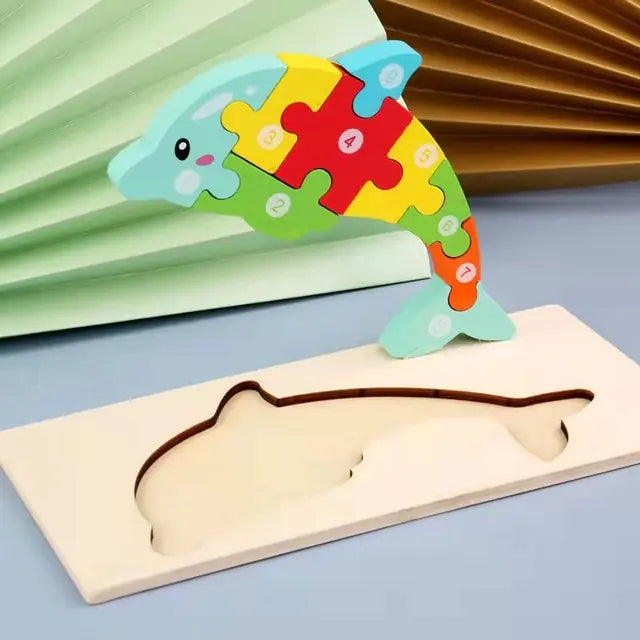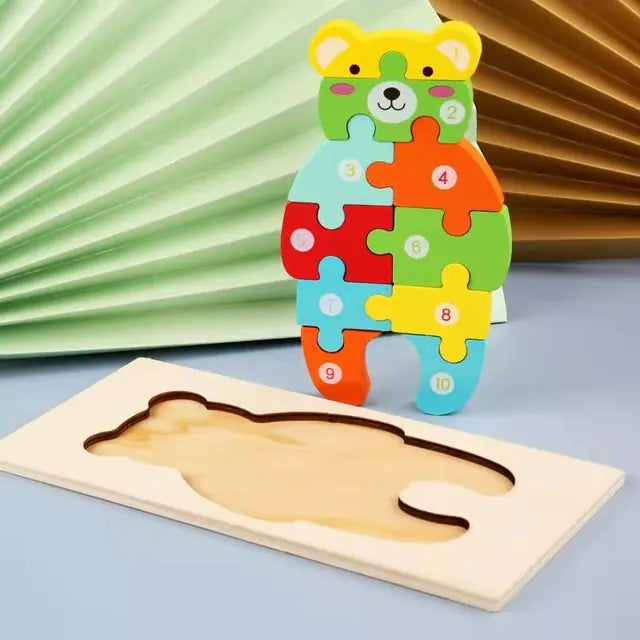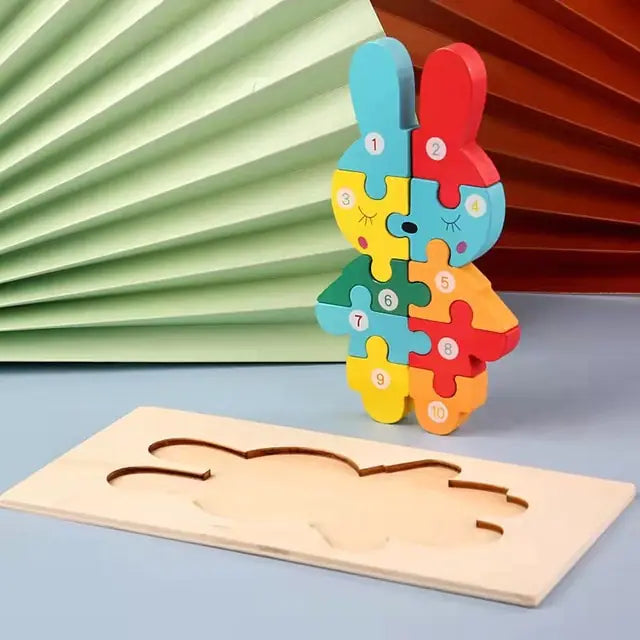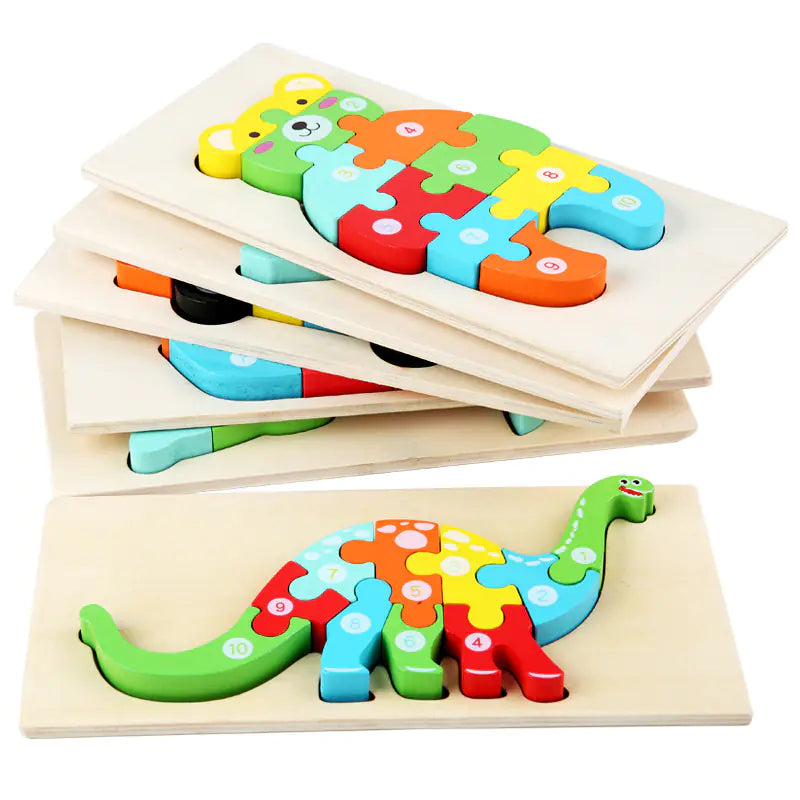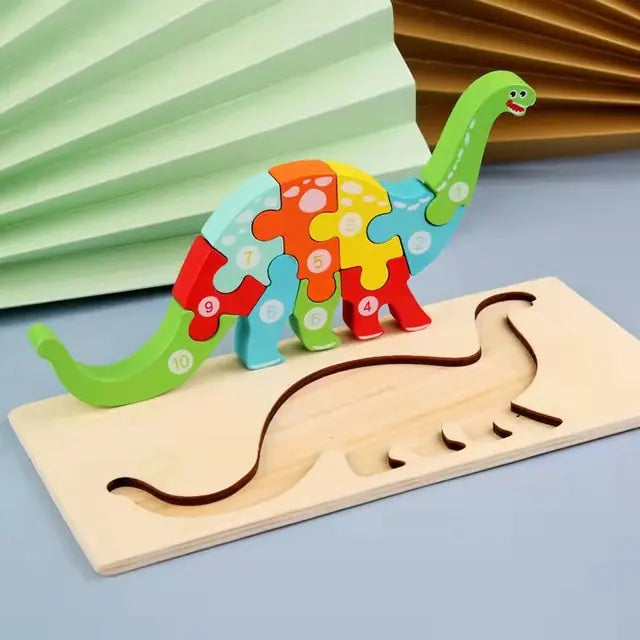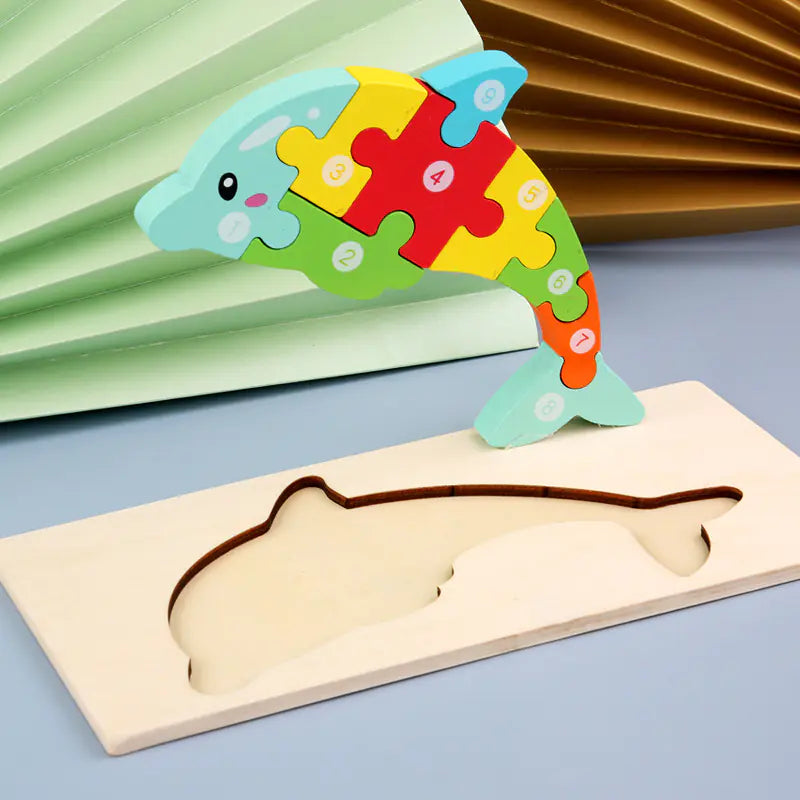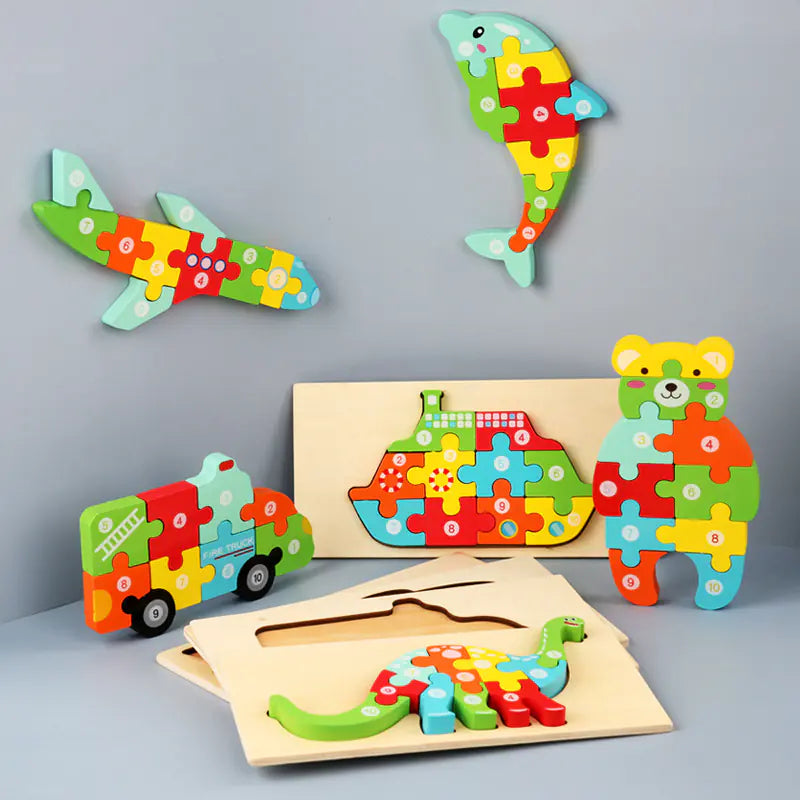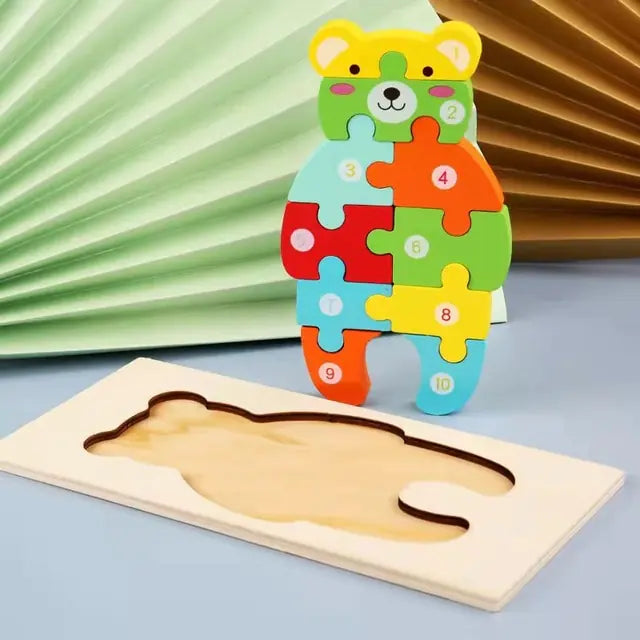In today's tech-driven world, robotic toys for kids have evolved from simple novelties to powerful educational tools. These interactive companions introduce children to STEM concepts (Science, Technology, Engineering, and Mathematics) through hands-on play, sparking curiosity and building essential skills for the future. But with countless options available, how do you choose the right robotic toy that balances education with entertainment? This guide will help you navigate the world of educational robotics and find the perfect STEM companion for your child.

Why Robotic Toys Matter for STEM Education
Robotic toys do more than entertain—they introduce complex concepts in approachable ways. When children build, program, and interact with robots, they're actually developing critical thinking, problem-solving abilities, and technological literacy. These skills form the foundation for future success in an increasingly digital world.
Skills Developed Through Robotic Play
- Logical thinking and sequential reasoning
- Basic coding and programming concepts
- Engineering principles and mechanical understanding
- Fine motor skills and hand-eye coordination
- Patience and perseverance through challenges
- Creativity and innovative thinking

Ready to Start Your Child's STEM Journey?
Explore our collection of educational robotic toys designed to make learning fun and engaging.
Shop STEM Robotic ToysKey Features to Consider When Choosing Robotic Toys for Kids
Not all robotic toys are created equal. The best options balance educational value with engaging play experiences. Here are the essential factors to evaluate when selecting the perfect robotic companion for your child:
Age-Appropriateness

Choose robots that match your child's developmental stage. Simple, button-operated robots work best for preschoolers, while older children can handle more complex programming challenges.
Programming Complexity

Look for robots that offer age-appropriate coding methods. Block-based visual programming is perfect for beginners, while text-based coding challenges advanced learners.
Interactive Capabilities

Robots with multiple sensors (light, sound, touch) and responsive behaviors create more engaging and educational experiences.
Durability and Safety

Children can be rough with toys. Look for robots with sturdy construction, quality materials, and child-safe components that can withstand enthusiastic play.
Expandability

The best robotic toys grow with your child. Look for platforms with expansion packs, new challenges, or modular components that extend the learning journey.
Educational Value

Evaluate how well the robot teaches core STEM concepts. Quality educational robots include structured activities, challenges, and clear learning objectives.
When these features align with your child's interests and abilities, the result is a robotic toy that provides hours of meaningful play while building valuable skills for the future.
Find the Perfect Balance of Fun and Learning
Our curated collection features robotic toys with the ideal mix of educational value and engaging play.
Explore Educational RobotsAge-Appropriate Robotic Toys: Finding the Right Match
Selecting a robot that matches your child's developmental stage is crucial for a positive learning experience. Here's a breakdown of what works best at different ages:
| Age Group | Recommended Features | Skill Development Focus | Ideal Interaction Type |
| 3-5 years | Simple buttons, basic movements, colorful designs, minimal assembly | Cause and effect, basic sequencing, fine motor skills | Direct control, simple commands, immediate feedback |
| 6-8 years | Block-based coding, moderate assembly, multiple sensors | Logical thinking, basic programming concepts, problem-solving | Visual programming, guided challenges, simple projects |
| 9-12 years | Advanced programming options, customizable features, complex challenges | Computational thinking, engineering principles, creative design | Independent projects, competitive challenges, open-ended exploration |
| 13+ years | Text-based coding, advanced sensors, real-world applications | Advanced programming, electronics, robotics principles | Complex projects, real-world problem solving, innovation challenges |

Remember that individual children develop at different rates. Some may be ready for more advanced robots earlier, while others might need more time with foundational concepts. Always consider your child's specific interests, abilities, and frustration tolerance when selecting a robotic toy.
Comparing Popular Robotic Toys for Kids
To help you make an informed decision, we've compared some of the most popular robotic toys based on key features, learning benefits, and ideal age ranges:
- Programmable with visual block-based interfaces
- Teaches sequential thinking and basic coding
- Often includes sensors for interaction
- Best for ages 6-10
- Typically requires a tablet or computer
- Examples: Botley, Dash, Ozobot
Coding Robots
- Combines physical building with programming
- Develops engineering and design skills
- Often modular with multiple configuration options
- Best for ages 8-14
- Encourages creative problem-solving
- Examples: LEGO Mindstorms, Makeblock
Building & Construction Kits
- Responsive to voice, touch, and movement
- Focuses on emotional engagement
- Often includes AI-like adaptive behaviors
- Best for ages 4-8
- Teaches cause-effect relationships
- Examples: Cozmo, Sphero, robot pets
Interactive Companions
Detailed Comparison of Top Robotic Toys
Botley the Coding Robot

Pros
- Screen-free coding experience
- Immediate hands-on engagement
- Durable construction for active play
- Includes 77-piece activity set
Cons
- Limited advanced programming options
- No connectivity to apps or devices
- May be outgrown by advanced learners
Botley offers an excellent introduction to coding concepts without requiring a screen. With its remote programmer, children can create sequences of up to 120 steps, teaching fundamental programming logic through hands-on play. The included activity set provides structured challenges that gradually increase in difficulty.
Ideal for ages 5-8, Botley is perfect for parents who want to limit screen time while still introducing important coding concepts.
LEGO Mindstorms Robot Inventor

Pros
- Builds 5 unique robot designs
- Compatible with other LEGO sets
- Progresses from block-based to text coding
- Robust community support and resources
Cons
- Higher price point
- Steeper learning curve for younger users
- Requires device for programming
LEGO Mindstorms combines the familiar building experience of LEGO with advanced robotics capabilities. The kit includes a programmable hub, motors, sensors, and 949 LEGO pieces that can be configured into five different robot designs or countless custom creations.
Best for ages 10+, this kit grows with your child from basic block programming to advanced Python coding, making it an investment that provides years of learning opportunities.
Sphero BOLT

Pros
- Waterproof and highly durable
- Programmable LED matrix display
- Multiple sensors for interactive projects
- Supports multiple programming languages
Cons
- Limited physical building element
- Requires smooth surfaces for optimal movement
- App required for full functionality
Sphero BOLT combines play with serious coding potential in a durable robotic ball. Its programmable LED matrix, advanced sensors, and waterproof design make it versatile for countless activities and environments. Children can start with simple draw-and-drive controls before advancing to block-based and eventually JavaScript coding.
Ideal for ages 8+, Sphero BOLT is perfect for active learners who enjoy combining physical play with programming challenges.
Solar Robot Kit

Pros
- No batteries required (solar powered)
- Builds multiple robot configurations
- Teaches renewable energy concepts
- Affordable entry point to robotics
Cons
- Requires direct sunlight for optimal performance
- No programming capabilities
- Some configurations can be challenging to build
Solar Robot Kits offer a unique combination of mechanical engineering and renewable energy education. These kits typically allow children to build multiple robot configurations from the same components, all powered by a small solar panel that converts light into movement.
Best for ages 8-12, these kits are excellent for children interested in environmental science and mechanical engineering, providing hands-on experience with sustainable energy concepts.
Safety and Maintenance Tips for Robotic Toys

Battery Safety
- Always supervise battery replacement
- Follow polarity markings carefully
- Remove batteries during extended storage
- Never mix battery types or old/new batteries
- Properly dispose of used batteries
Screen Time Balance
Many robotic toys require apps or screens for programming. Establish healthy limits by:
- Setting clear time boundaries for programming sessions
- Balancing screen-based coding with physical play
- Considering screen-free robotic options for younger children
Maintenance Tips
- Keep instruction manuals in a safe place
- Store small parts in labeled containers
- Clean sensors regularly with compressed air
- Check for software updates for programmable robots
Real-World Learning with Robotic Toys
The best robotic toys bridge the gap between play and real-world applications. Here are some examples of how these toys translate to meaningful learning experiences:
Problem-Solving in Action

When a child programs a robot to navigate a maze, they're developing the same logical thinking skills used by engineers solving complex problems. They learn to break down challenges into smaller steps, test solutions, and refine their approach based on results.
Collaborative Learning

Robotics naturally encourages teamwork as children share ideas, divide responsibilities, and combine their strengths. These collaborative skills mirror workplace environments where teams tackle complex technological challenges together.
Creative Expression

Beyond following instructions, many robotic toys allow for creative customization. Children can design unique behaviors, create stories around their robots, or modify them with custom attachments—developing the creative thinking valued in innovation fields.
"When children play with robotic toys, they're not just having fun—they're rehearsing for future careers in technology, engineering, and creative problem-solving."
Frequently Asked Questions About Robotic Toys for Kids
At what age should children start with robotic toys?
Simple robotic toys can be introduced as early as age 3 with parental supervision. These early experiences should focus on cause-and-effect relationships through simple buttons and movements. More complex programming concepts are typically appropriate around age 6-7, when children develop the logical thinking skills needed for sequential programming.
Do robotic toys require a lot of screen time?
Not necessarily. While many advanced robots require apps for programming, there are excellent screen-free options like Botley and Cubetto that use physical programming methods. Even for app-based robots, the screen time is typically educational and can be balanced with the physical play aspect of interacting with the robot.
Are expensive robotic toys worth the investment?
Higher-priced robotic toys often offer more features, durability, and expandability that can provide years of educational value. However, there are excellent entry-level options under $50 that still deliver core STEM learning benefits. Consider your child's interest level and how long they might engage with the toy when deciding your budget.
How do I know if a robotic toy is too advanced for my child?
Watch for signs of frustration that persist even with your help. Some challenge is beneficial for learning, but consistent frustration indicates the toy may be beyond their current abilities. Start with simpler robots and progress to more complex ones as their skills develop. Many quality robotic toys offer multiple difficulty levels to grow with your child.
Finding the Perfect Robotic Companion for Your Child
Selecting the right robotic toy for your child is about balancing educational value with fun, age-appropriateness with room to grow, and challenge with achievability. The best robotic toys spark curiosity, build confidence through accomplishment, and develop crucial skills that extend far beyond playtime.
Whether your child is taking their first steps into the world of robotics or ready to tackle advanced programming challenges, there's a perfect STEM companion waiting to join their learning journey.

Ready to Spark Your Child's Curiosity?
Explore our curated collection of robotic STEM toys designed to make learning fun, engaging, and meaningful.
Shop STEM Robotic Toys